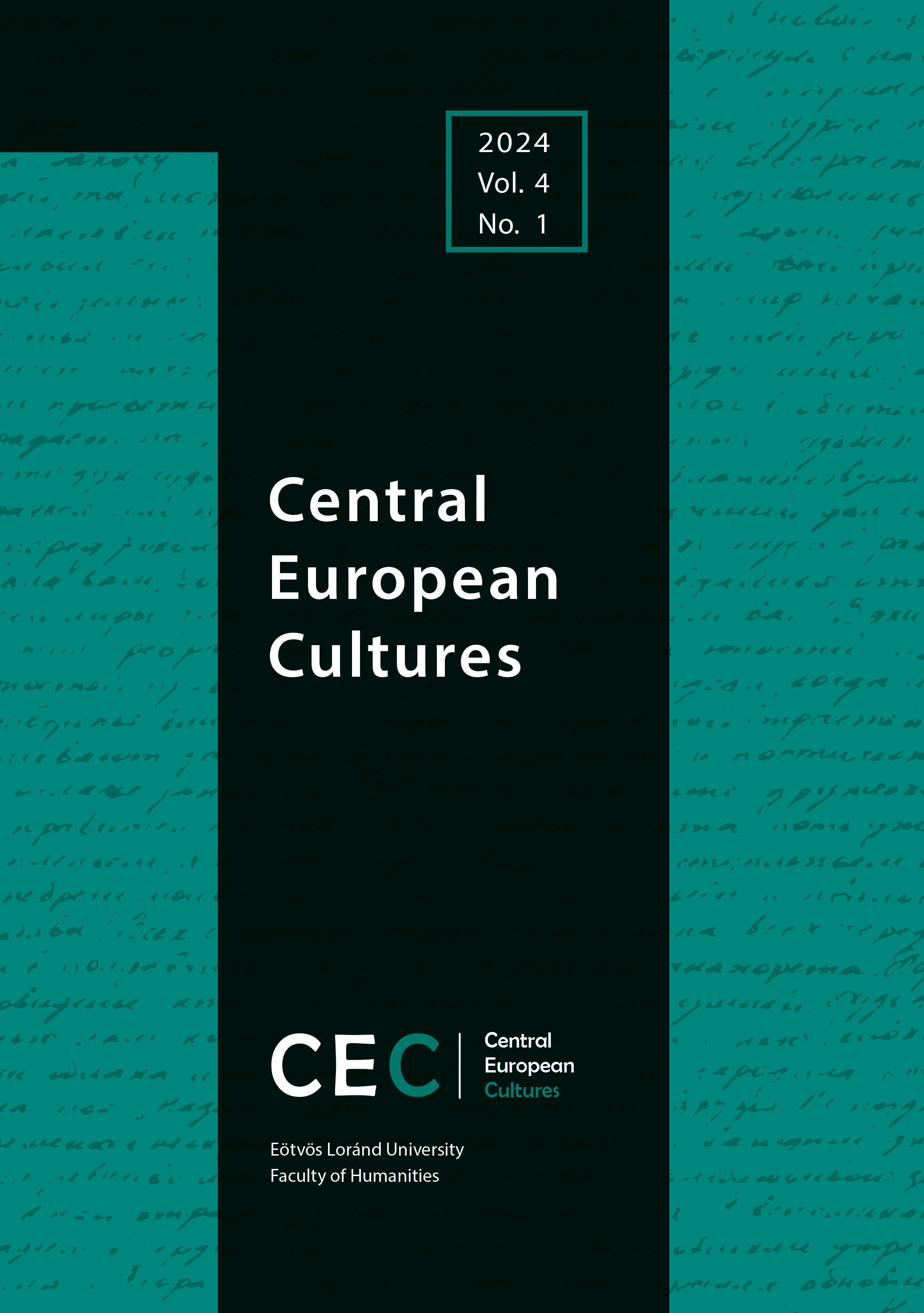Published 2024-09-16
Keywords
- Austria,
- Mass culture,
- Crows,
- Social Control,
- Stadium
- Austrofascism,
- Social Democracy,
- Red Vienna ...More
How to Cite
Copyright (c) 2024 Author(s)

This work is licensed under a Creative Commons Attribution-NonCommercial 4.0 International License.
Abstract
Austrian political culture is rooted in counter-reformation, in a specific Catholic-baroque theatricality. With its marches, parades, pageants, Dionysian art and populist politics, a very distinctive form of showmanship or staging already characterised the last decades of the Habsburg Monarchy. After 1918, the new republic picked up this thread—with less of the ‘Dionysian’ at the fore than the more sublime and solemn. From the mid-1920s onwards, all political camps focused on involving masses in their political manifestations, thus the structured amorphous crowds involved participants marching in rank and file and in military attire and unified mass bodies engaged in choreographed movement, forming images (and messages). However, the authors and organisers of such events often seemed to be more impressed by these performances than the audience or even the participants themselves. Although the ‘mass’ in contemporary phrasing was a ‘feeling’, an ‘experience’, or an ‘emotion’, it still had to be controlled: stadiums and arenas became architectural means of social control, accompanied by a plethora of security and policing measures. But with the advent of new media, the crowd organised itself differently and anew. As a result, both the social democratic, pan-German and Christian-conservative mass festivals in the late 1920s and early 1930s and the staged Austrofascist ‘Tributes to the Youth’ after 1934 quickly lost their appeal, while their audiovisual reproduction in radio or newsreels had no effect either. Even enormous logistical efforts and bureaucratic pressure could not prevent the mass stagings from becoming outdated.

